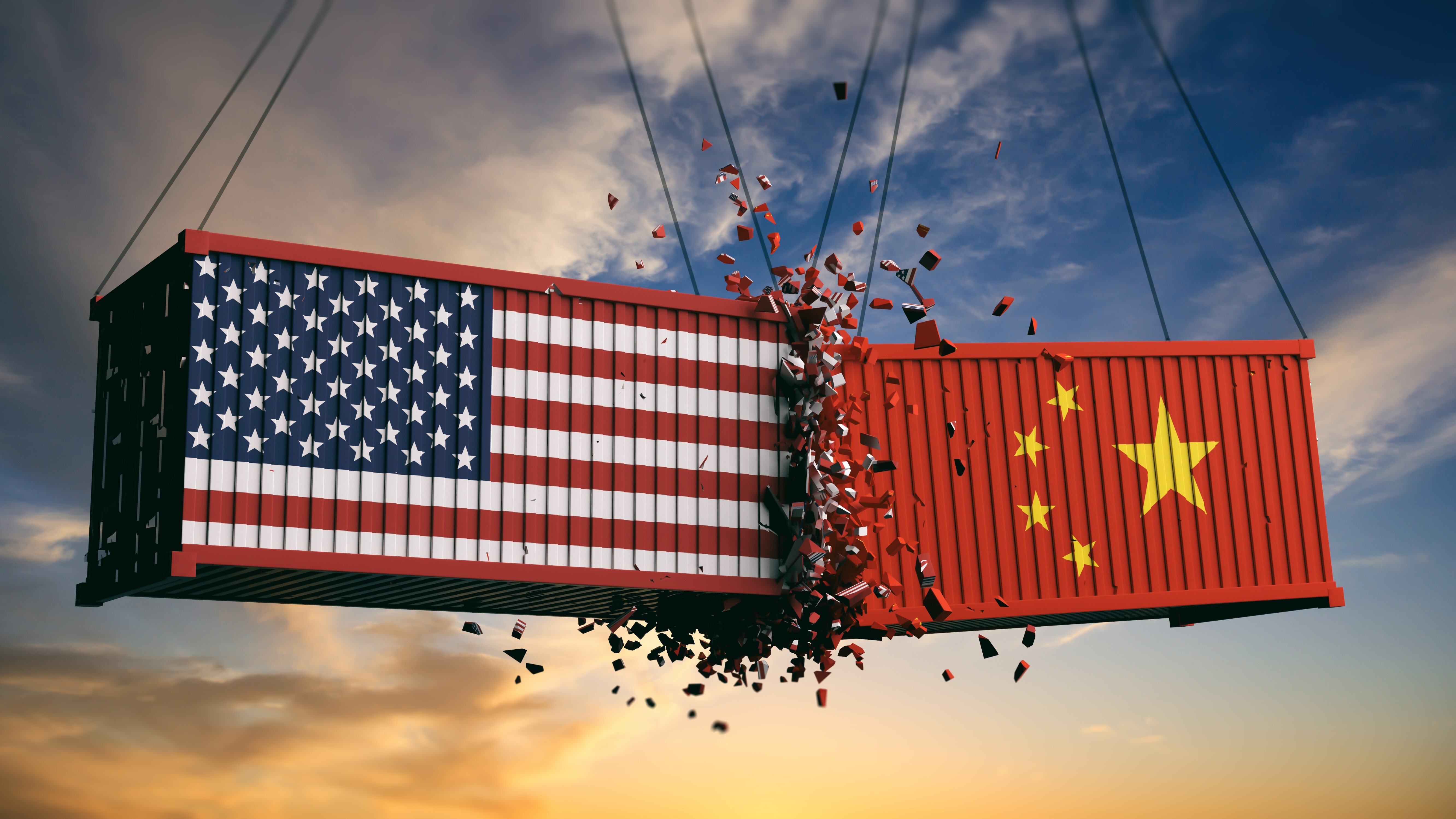The US Trade Representative (USTR) recommended to the White House that it maintain tariffs on GPUs, motherboards, and PC cases made in China. This recommendation was issued as “Billing Code 3390-F3”[PDF]. These tariffs will add a 25% duty on the aforementioned Chinese products. And while you may think that you’re not impacted by the news, you’re wrong! The import tax applies to all China-made GPUs and motherboards.
The tariffs, along with others werefirst proposedunder former U.S President Trump’s term back in 2020. But implementation of these taxeshas been delayedby the previous Trump and current administration of U.S President Biden. This has happened several times,including in January of this year. However, it looks like these Chinese-made products will finally get higher taxes, especially with the USTR recommendation.

Even if you buy an Asus or MSI graphics card, they will be hit by the additional import duty as long as the items were assembled in China. This will lead to higher prices for the consumer, especially in the affordable low-end spectrum of the market, where margins are slight, and any additional cost will likely be passed on to the end-user.
While this was just a recommendation from the USTR to the White House, and no formal notice nor resumption date has been announced, the Biden administration has recently announced adoubling of the tariff rate on Chinese semiconductorsfrom 25% to 50%. This does not bode well for PC manufacturers who rely on China’s massive manufacturing capability and established supply chains to deliver their products.

According toPCMag, “the Consumer Technology Association (CTA) has pushed the White House to end the tariffs.” But CTA VP of International Affairs Ed Brzytwa said, “They’re not getting rid of anything. There are only tariff increases.”
This announcement by the USTR is another move in theon-going trade war between the US and China, with technology firmly in the crosshairs of both nations. Aside from tariffs and import duties, the United States has alsoblocked Chinese access to the latest technologiesthrough sanctions, withthe former encouraging its alliesto do the same.
China remains adamant that it will develop its own technology despite American roadblocks. The Chinese governmentreleased $27 billion dollars to its chipmakersto help them weather the storm of U.S. sanctions. Furthermore, major Chinese tech companies like SMICremain on track with their revenuesand research and development. And although homegrown Chinese CPUs stilldo not perform as well as modern Intel and AMD chips, they’re quickly learning and their tech advancements are taken in leaps and bounds.
Get Tom’s Hardware’s best news and in-depth reviews, straight to your inbox.
The US Presidential Election is coming in November 2024, with Trump seemingly challenging the incumbent Joe Biden. So, these recent tariffs and sanctions against China feels more like a political move to gain popularity among the American people instead of a well-thought-out policy decision. As Brzytwa said, “It seems like there’s a competition between the Republican Party and Democratic Party on who can be tougher on China, and who can be more protectionist.”
Jowi Morales is a tech enthusiast with years of experience working in the industry. He’s been writing with several tech publications since 2021, where he’s been interested in tech hardware and consumer electronics.